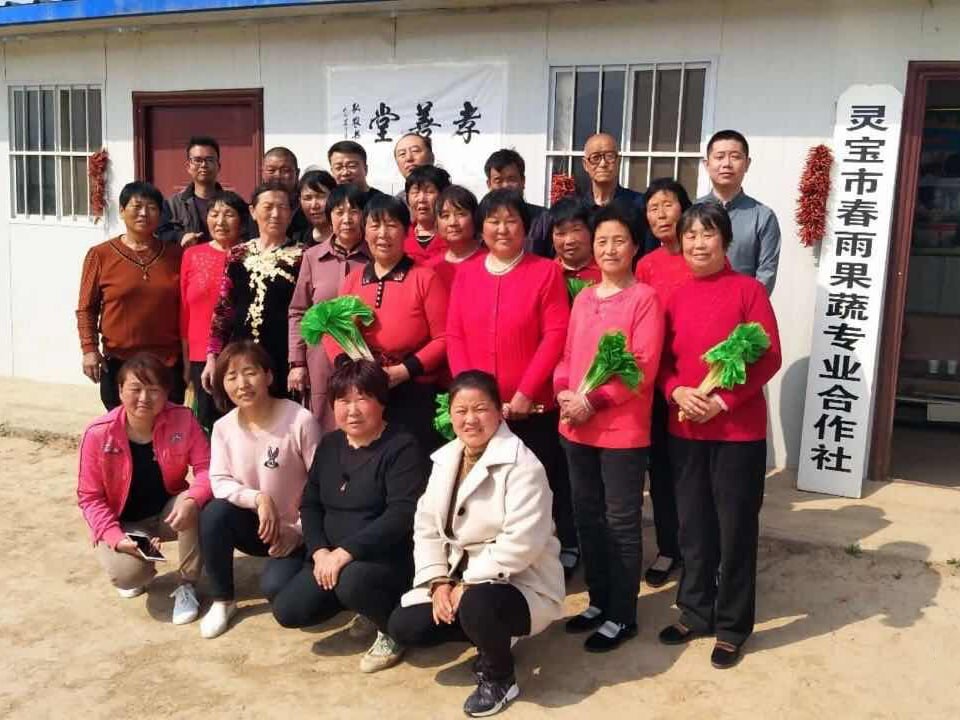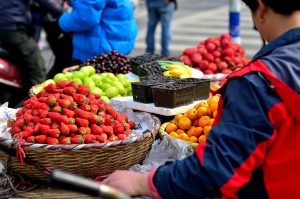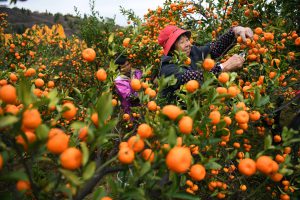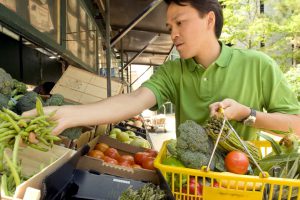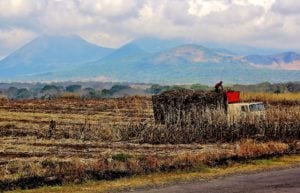When people migrate to cities in China, many elders, children and the women who care for them are commonly seen as “left behind” (留守) in the countryside, suffering from neglect and exclusion from the benefits of development and modernisation. But is this term accurate and useful to understand and support these people? I argue women are not merely passive victims in this process, and we need to reframe how we address their situation.
‘Left behind’ populations
Since China’s “reform and opening-up”, industrialisation and urbanisation have expanded dramatically. This is usually celebrated as economic growth, modernisation and development. The previous Maoist reverence for the revolutionary fervour of the peasantry has been replaced by the attitude that peasants are backwards, and need to be moved into the cities. This sentiment is now so mainstream that most people in China take it for granted and could not imagine otherwise. However, fast-paced industrialisation and urbanisation has also brought about serious social and environmental problems. Among them is the abandonment of the countryside and rural people, which the influential intellectual Wen Tiejun has characterised famously as the “three rural problems”: declining agricultural production, low income for peasants and underdeveloped rural infrastructure.
As young men and other working-age individuals migrate to cities to work in factories, construction and services, most elders and children, and many women responsible for their care, remain in the countryside. Consequently, they do not have access to high-wage employment and are unable to sustain labour-intensive agricultural production. This limits their income and the possibility for thriving rural communities. Since the mid-1990s, these people began to be identified as those “left behind” in the countryside, denoting not only the fact they remain in the villages, but also the perception of them as “left behind” in the process of modernisation and development itself.
Since the 2000s, the characteristics and plight of these “left behind” people have become the focus of much scholarship. This has contributed to promoting various government policies to address the predicament of these people and the “hollow villages” where they remain. This is admirable for bringing much-needed public resources to address the problems that come about through increasing rural–urban inequality. However, this scholarship and much of its influence on policy has important limitations, and may even be counterproductive. So, we need another framework. My research builds upon feminist critiques of the exploitation of rural women, and calls for deeper engagement with critical gender studies in China.
The feminisation of farming
First, we should note that, as migrant workers flocked to the cities, women began to take over more and more responsibility for farming and rural life. This phenomenon occurs worldwide, and has been called the “feminisation of farming”. In China, however, powerful voices promoting neoliberal discourses and patriarchal assumptions (mainly in economics, political science and sociology) questioned the growing share of female labour in Chinese agriculture. Female agricultural work was largely invisible for them, because much of it focuses on household subsistence and other forms of unpaid, non-cash, home-based labour. But as more research emerged, those critics were forced to accept this fact in China as well. Thus, promoting mainstream recognition of the “feminisation of agriculture” has been an important contribution to scholarship on “left behind” women in China.
However, we can and should advance far beyond this discussion to recognise how rural women are not merely passive victims during these transformations. After all, the very concept of “left behind” populations, and the fixated emphasis of scholarship on the suffering and abandonment of these people, promotes a certain discourse of victimisation that makes their agency invisible and their initiatives unimportant, and may even appropriate their self-empowerment efforts. This does not mean that scholars who research “left behind” people are the cause of their suffering, or that their intentions are not honourable. But to go beyond merely lamenting the plight of the “left behind”, we must revise the basic concepts we use to understand this problem.
I argue we must shift the focus on rural women from “left behind” to “leaders” in various initiatives against displacement, marginalisation and discrimination, and in defence of food safety, food sovereignty and a healthy and thriving countryside. As stated by the special rapporteur on the right to food at the United Nations, Olivier de Schutter: “The most effective strategies to empower women who tend farm and family – and to alleviate hunger in the process – are to remove the obstacles that hinder them from taking charge of their lives.” But this requires, first of all, recognising their efforts to control their own lives, and treating them as leaders in these socio-ecological initiatives.
Female leadership in agriculture
The bottom-up responses to China’s unfolding food safety crisis provide a good foundation for developing this new framework. The expansion of organic or “green” food production for “community supported agriculture” (CSA) projects and other “alternative food networks” in China features several women as their most prominent leaders. This is notably the case, for example, with the Shared Harvest initiative, led by Shi Yan, as well as the Beijing Organic Farmers’ Market, led by Chang Tianle. They are both young, well-educated women playing leading roles in the development of an organic and agroecological movement in China. China’s most successful ecological agriculture cooperative, Puhan, was founded by Zheng Bing, a rural school teacher known as the “farming godmother” of China. Puhan is led mostly by women.
Powerful examples are also evident in the collaborations between female scholars and peasant communities. Professor Song Yiching of the Chinese Academy of Sciences has been a pioneer in co-organising organic seed production initiatives in partnership with rural cooperatives in Guangxi, which are primarily led by and composed of women. Similarly, Professor He Huili from the China Agricultural University was instrumental in the establishment of one of China’s earliest and most famous “pollution free” rice production initiatives. After her collaboration in that project, she founded the grassroots Hongnong Academy in Henan province, offering a combination of cultural education, rural health care and agricultural training projects in which women are the main organisers and participants.
In my four years of doctoral research on bottom-up food safety initiatives in the villages where professors Song and He worked, I documented how the success of the organic food cooperative in Guangxi resulted not only from Professor Song’s support, but most importantly because of the strong character of Lu Rongyan, the female village leader, and the proactive engagement of multiple peasant women. The Hongnong Academy in Henan is a good example not simply because of Professor He’s leadership, but primarily because it is already transforming young, timid and stigmatised rural women into vocal and dynamic community leaders themselves.
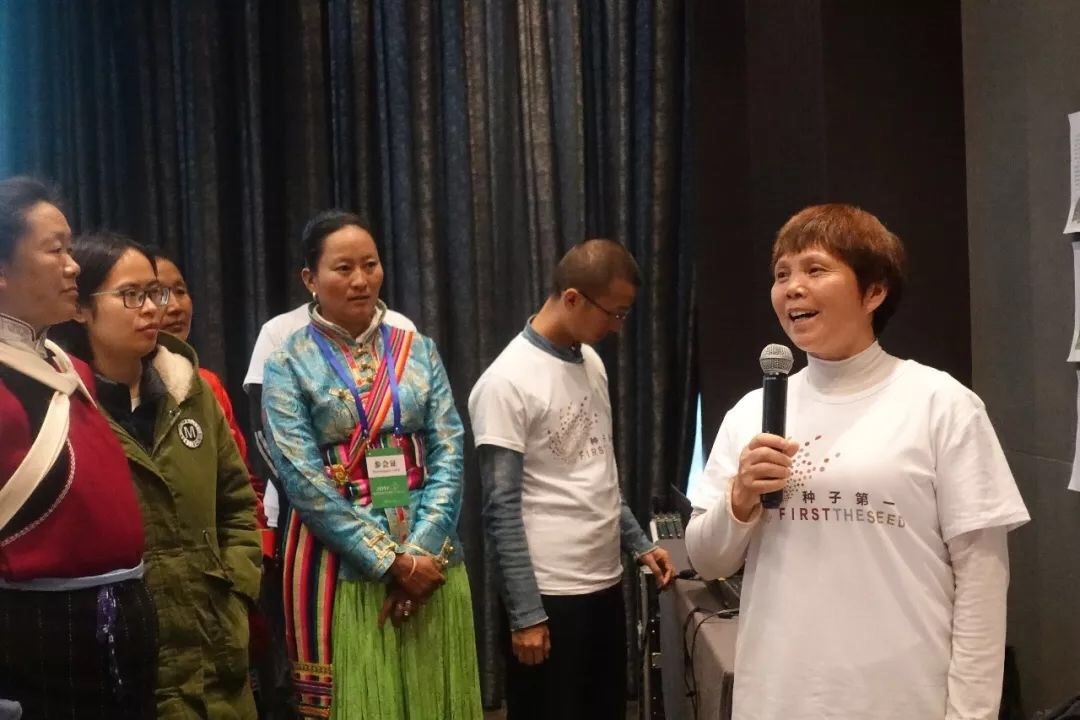 Lu Rongyan sharing her seed-breeding experiences (Source: Zhang Li)
Lu Rongyan sharing her seed-breeding experiences (Source: Zhang Li)
In highlighting these instances of female leadership, I am not suggesting all ecological agriculture and food sovereignty initiatives in China are established and led by women. I am not pretending these endeavours are perfect. Nor am I saying they only unfold through the hands of well-educated women. In fact, the majority of organic food production in China takes place quietly in countless small gardens and marginal lands alongside cash-crop fields, under the caring hands of millions of peasant women. Their “double burden” of working in the fields and taking care of the household, which they even extend through gifts of food to their children and family networks who migrate to the cities, entrusts to them the responsibility for and leadership over a massive bottom-up self-protection movement against the food-safety crisis.
These unsung heroines of China’s countryside deserve and need more than pity and stigmatisation. They ought to be recognised, encouraged and supported in their efforts to sustain organic farming, cultivate alternative food networks and empower themselves through their own agency.
Beyond ‘left behind’
The concept of “left behind” women, children and elders has become a staple of mainstream media discussions about rural China, and it has gained a firm place in academic literature. However, its stigmatisation and victimisation conceal the agency of these individuals. Therefore, we must move beyond descriptive critiques to cultivate more fruitful frameworks that recognise how these individuals struggle against rural–urban inequalities, and contribute to deep social and ecological transformations. Rather than “left behind”, peasant women are leaders in the much-needed agroecological transformation of China.
